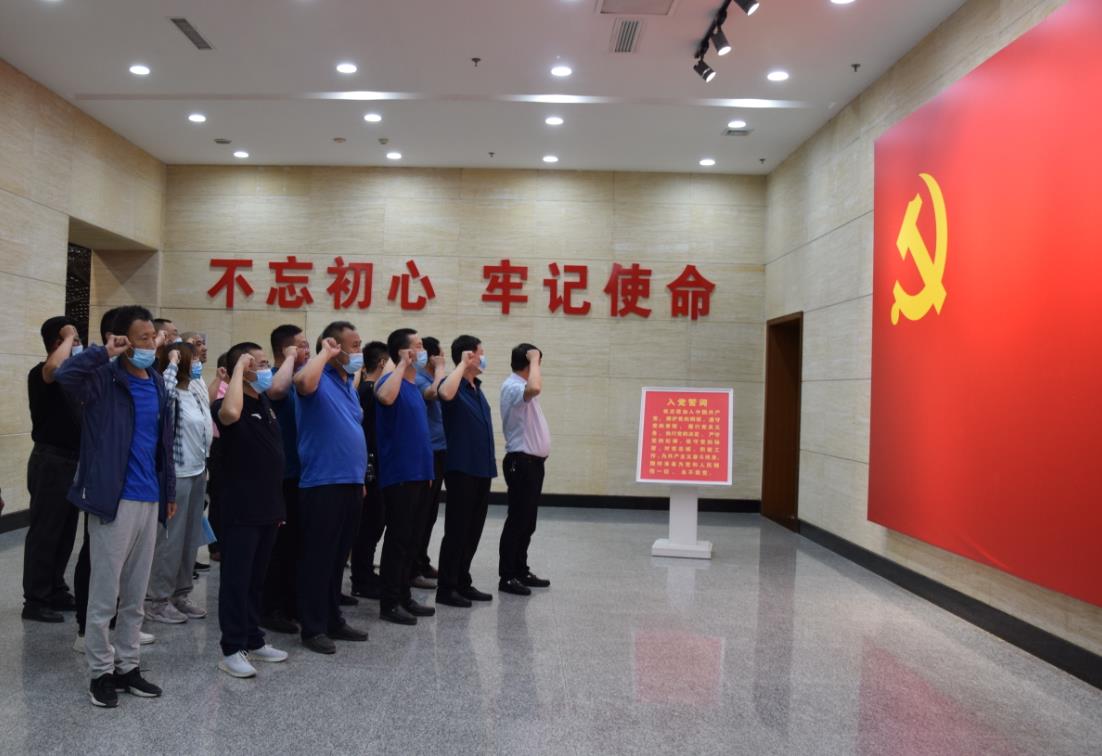
The village of Lianghu in Gaoping county is hailed by researchers as a living fossil of ancient China.GUO GUOWEI / FOR CHINA DAILY
A village at the foot of Taihang Mountains and by the Danhe River has attracted the attention of cultural heritage researchers, who have hailed it as a living fossil of ancient China.
Chen Zhihua, a professor at Beijing-based Tsinghua University, deemed the village of Lianghu, located in Gaoping city in Shanxi province, a representative of well-preserved ancient villages built in the Ming (1368-1644) and Qing (1644-1911) dynasties.
However, local documents and legends show the village has a history of more than two millennia, dating back to the late Warring States Period (475-221 BC).
For locals, they can tell the exact history of the village should be more than 1,000 years, based on records from their family history books.
Shao Linlin, a village official and tour guide, told visitors about the beginning of the village's history.
"The first settlers in the village are two families with the surnames of Guo and Tian, who came here during the Tang Dynasty (618-907).Because of this, the settlement was called Lianghu-or two households-village," Shao said, adding the community became larger as other families moved in the following periods.
Most of the village's buildings, including a residence of a high-ranking general, were built in the Ming and Qing dynasties, according to Shao.
"But the Yuxu Guan Taoist temple was built at least 800 years ago," the official said.
Shao said he is proud of the village's status as a renowned historical and cultural village in China.
"We have 17 Buddhist and Taoist temples built in various periods, as well as more than 30 well-preserved courtyards built in the Ming and Qing dynasties," Shao said.
He said the high level of craftsmanship that local builders used to build the houses is one of the reasons why the ancient village has remained so intact to this date.
"Lianghu had been one of the most prosperous villages in the region. Locals accumulated their wealth through farming, commerce and handicraft. The wealthy people highlighted the quality of their residences, hoping the properties could be passed down to as many generations as possible," Shao explained.
Among all the ancient buildings, the most imposing is the former residence of Qing Dynasty official Tian Fengji.
Starting from a scholar, Tian later served as a civil official and a high-ranking general. After he retired, he returned to his birthplace in Lianghu to live a secluded life, according to Shao.
Being fond of education, Tian donated part of the residence as a school for local children and he himself was an instructor at the school.
"The school, now called Lianghu Academy, is still a venue for local educational and cultural activities,"Shao said.
In modern days, the local residents have devoted much energy to protecting these centuries-old legacies, according to Shao.
The village has repaired more than 30 courtyards and nearly 400 rooms, and implemented a tourism development plan highlighting both preservation and industrial growth.
The village's tourism revenue surpassed 2 million yuan ($300,000) in 2019 and the tourism industry has offered at least one job to each family, according to Shao.
Li Yali contributed to this story.
By YUAN SHENGGAO
 山西路桥:党建引领 建好“四好农村路”山西路桥建设集团党委扎实开展“党建质量提升年”,实施“六大工程”,立足“十四五”高质量、高速度、高效益发展的战略基点,全面提高党建质量和党建引领发展水平,为打造“国内一流的交通基础设施投资、建设、施工现代化企业集团”提供坚强政治保障。
山西路桥:党建引领 建好“四好农村路”山西路桥建设集团党委扎实开展“党建质量提升年”,实施“六大工程”,立足“十四五”高质量、高速度、高效益发展的战略基点,全面提高党建质量和党建引领发展水平,为打造“国内一流的交通基础设施投资、建设、施工现代化企业集团”提供坚强政治保障。
 常住人口3491万 山西人口普查数据"出炉"山西省统计局向社会通报山西省第七次全国人口普查主要数据。数据显示,山西省常住人口为34915616人,比2010年(第六次全国人口普查数据,下同)减少2.23%,年平均减少0.23%。山西省常住人口总量减少,主要受人口流动变化等因素影响。
常住人口3491万 山西人口普查数据"出炉"山西省统计局向社会通报山西省第七次全国人口普查主要数据。数据显示,山西省常住人口为34915616人,比2010年(第六次全国人口普查数据,下同)减少2.23%,年平均减少0.23%。山西省常住人口总量减少,主要受人口流动变化等因素影响。